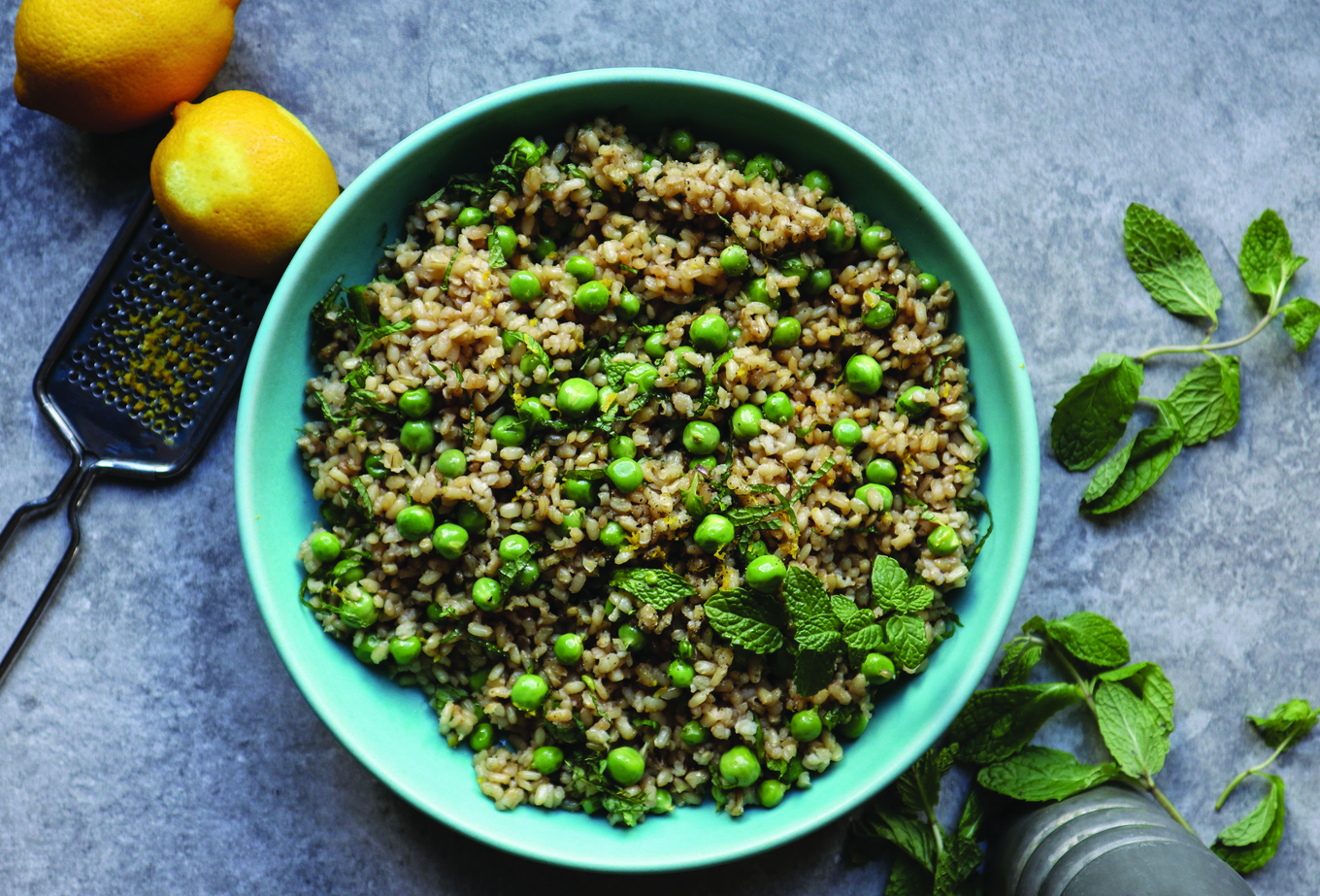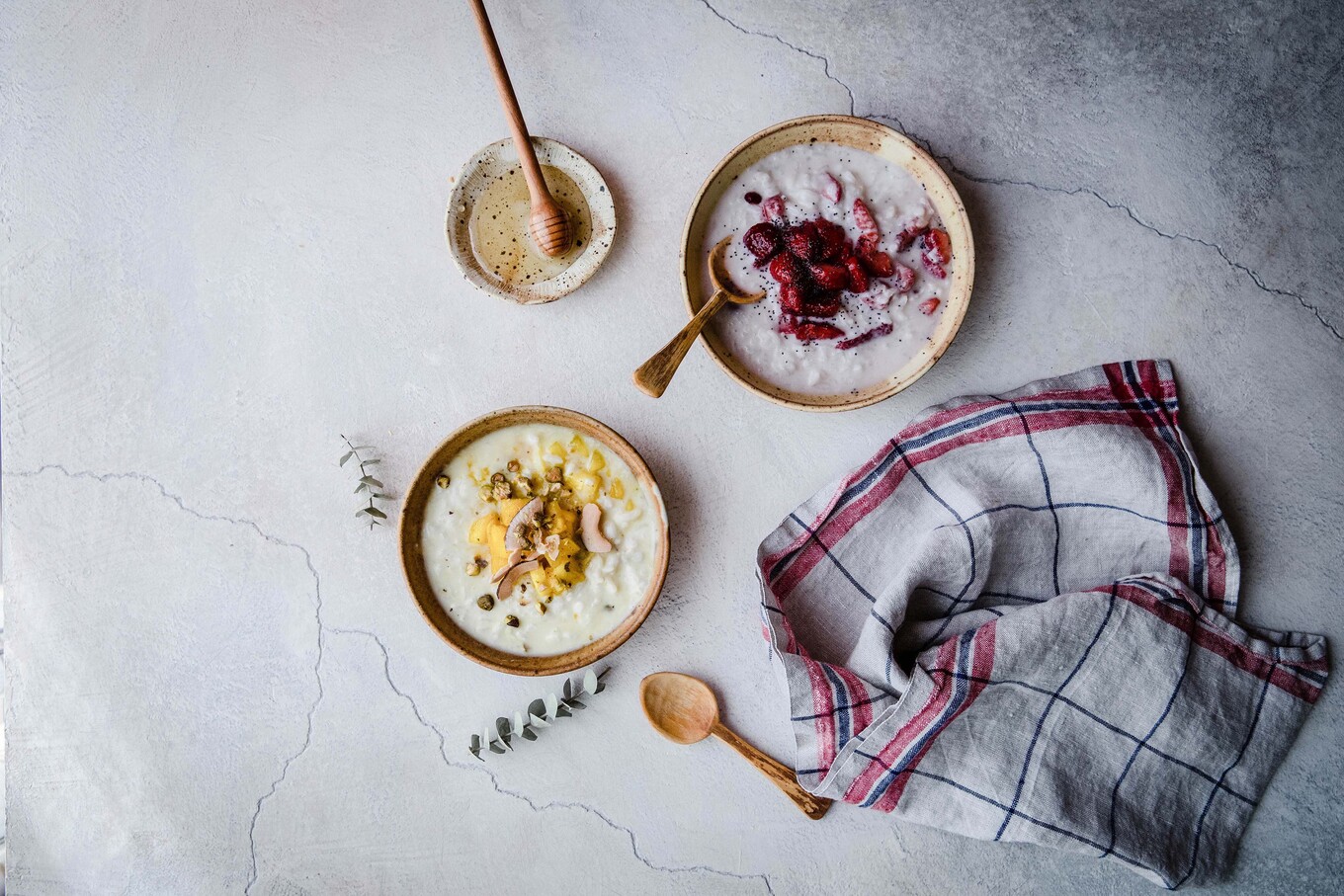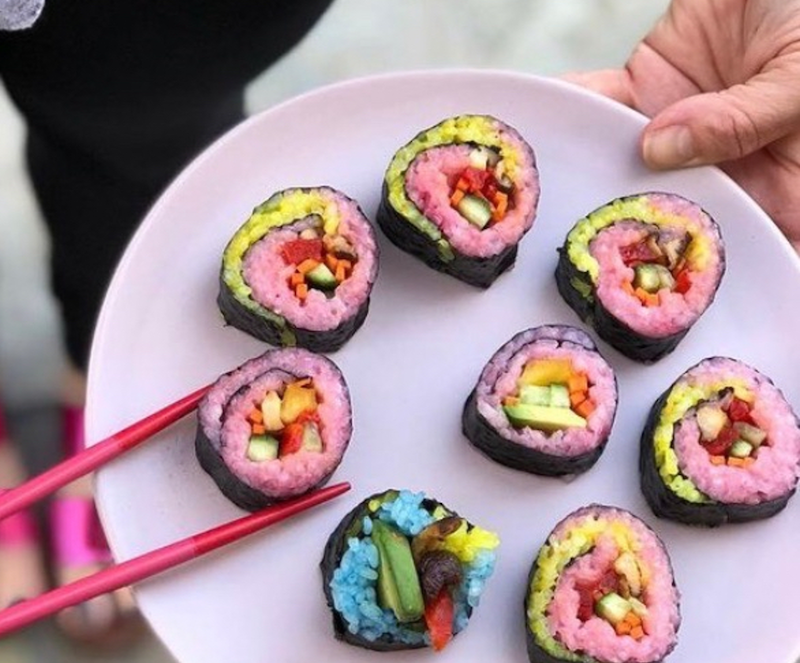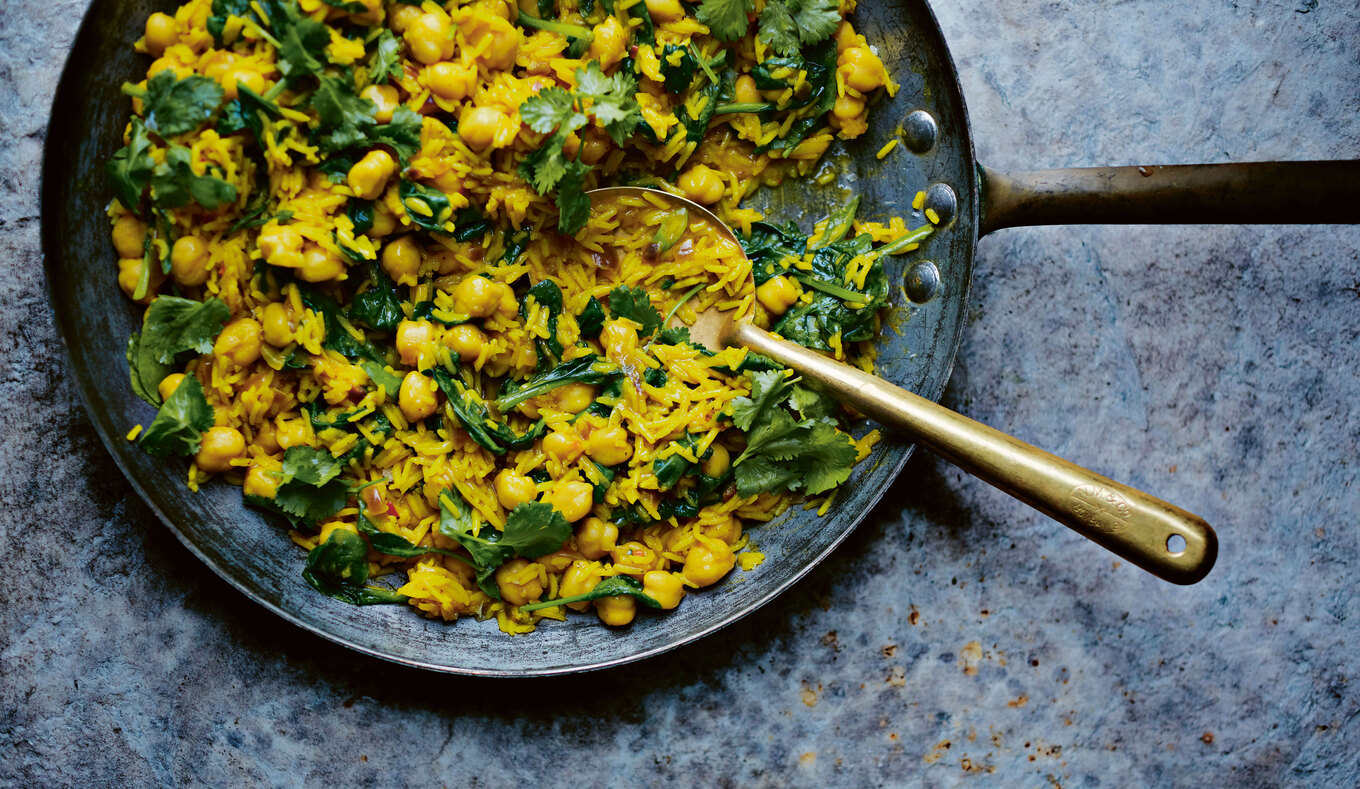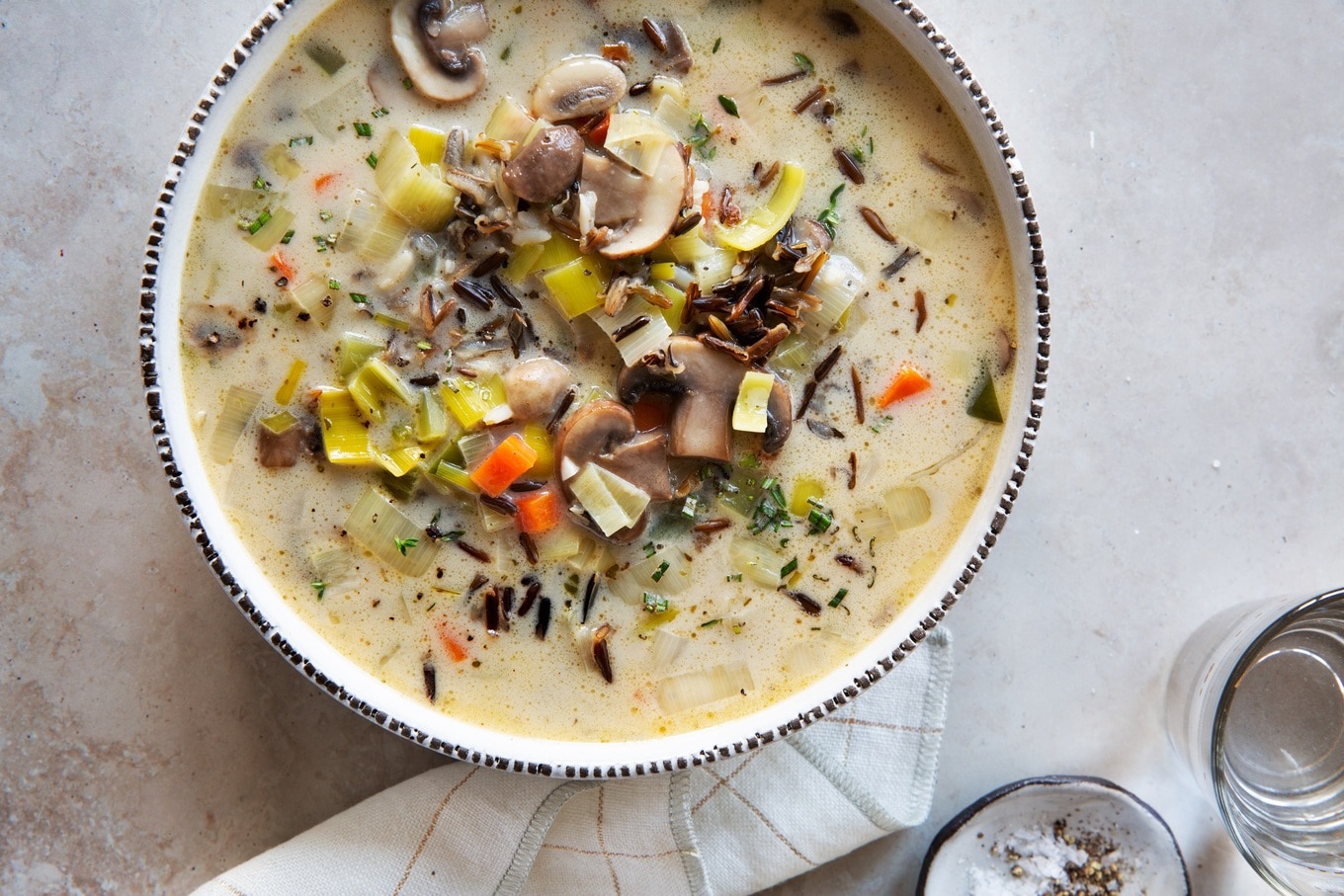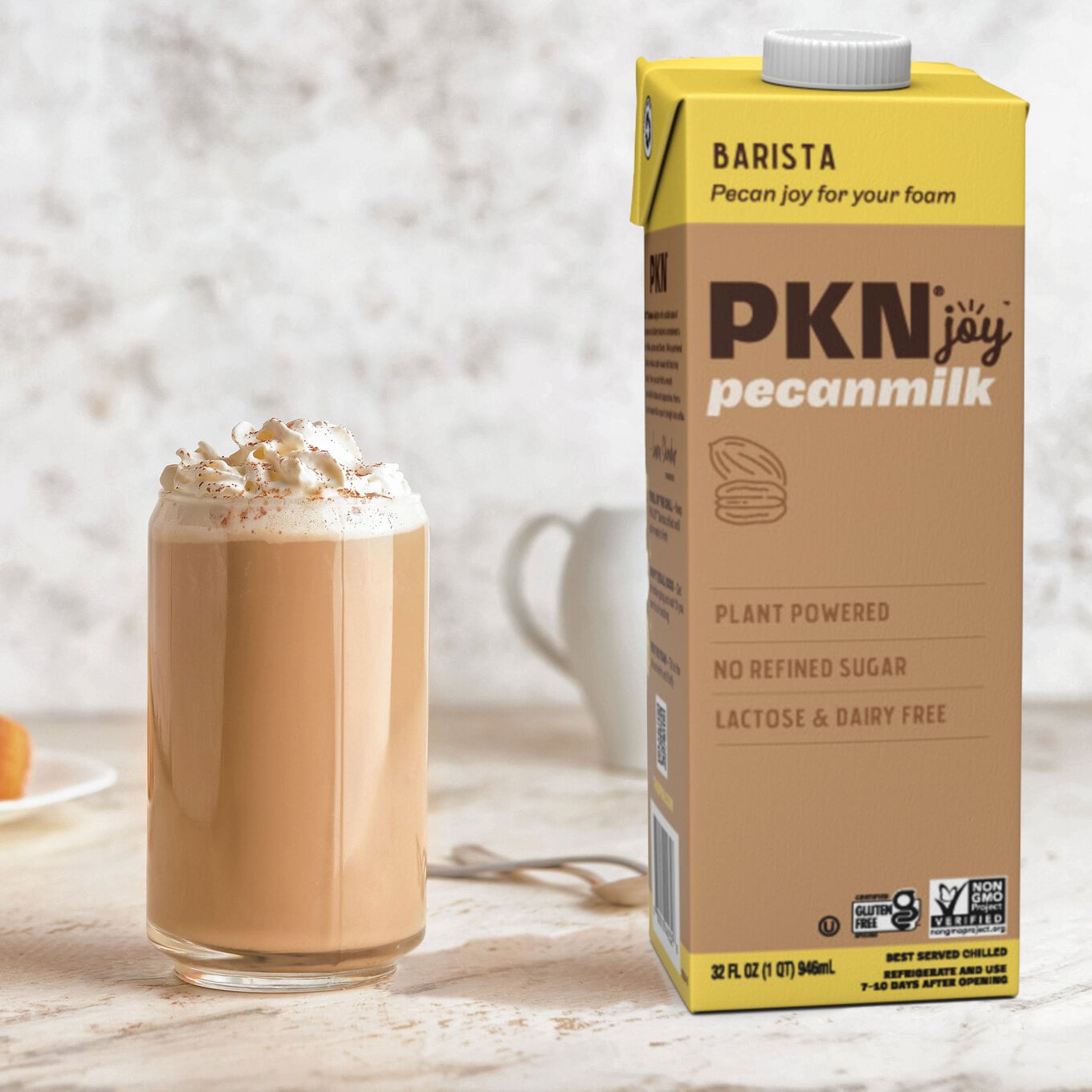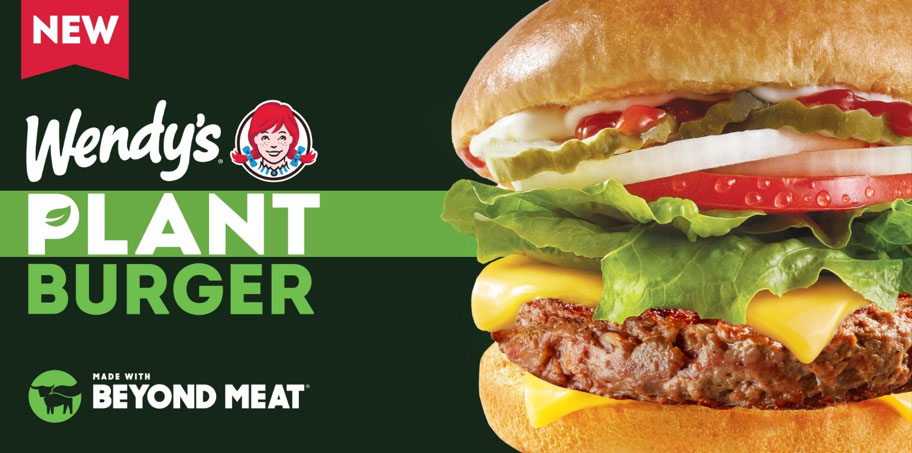Across cultures, countries, and cuisines, one staple ingredient unites so many dishes. It is, of course, rice. In Spain, there’s paella, for example, and in Japan, there’s sushi. In China, there’s egg fried rice; in Thailand, there’s sticky rice; and in India, there’s biryani. The examples could go on and on.
But while rice is the baseline of so many delicious dishes, does this common ingredient actually have any benefits of its own? Here, we take a closer look at rice’s nutritional value, but also the many different varieties on the market today. And, for when your stomach starts rumbling, we’ve included some tasty rice-based recipes.
Table of Contents
What is rice?
Most of us buy, cook, and eat it frequently, but what actually is rice? It’s a starchy cereal grain that comes from a grass species called Oryza sativa (in the scientific world, rice is referred to as Oryza).
Benihana
Because rice is semi-aquatic, it’s grown submerged in water in terraces or paddies, which are often stacked on top of each other. In China, for example, which is the world’s biggest producer of rice, the picturesque Honghe Hani Rice Terraces stack up over more than 160 square kilometers.
But while it was likely first cultivated in China (archaeologists discovered evidence that people from the Neolithic site Shangshan were cultivating rice 10,000 years ago), today it is eaten across continents. It also has a rich history in Africa, Southeast Asia, and India, and still today, more than 3.5 billion people depend on it as a food staple.
What are the benefits of rice?
While there are many different types and forms of rice, and some boast more nutrients than others, the biggest benefit of rice is its carbohydrate content. One 100-gram portion of white long-grain rice contains around 28 grams of carbohydrates.
Many fad diets limit or ban carbohydrates, but they are actually vital nutrients for our health. They provide us with energy, for one, as the body breaks them down into simple sugars that become glucose. “Glucose fuels your activities,” notes the Mayo Clinic.
“Whether it’s going for a jog or simply breathing and thinking. Extra glucose is stored in the liver, muscles, and other cells for later use. Or extra glucose is converted to fat.”
Fiber-rich carbohydrates are also important for digestive health, and may even reduce the risk of certain diseases, like heart disease and type 2 diabetes. According to the Dietary Guidelines for Americans, carbohydrates, ideally from whole grains (like rice) and fruits and vegetables, should make up between 45 and 65 percent of total calories each day.
What are the different types of rice?
There are thousands upon thousands of different varieties of rice in the world. But here, we’ve focused on a small handful of the most common types that you’ll find in grocery store aisles and on restaurant menus today.
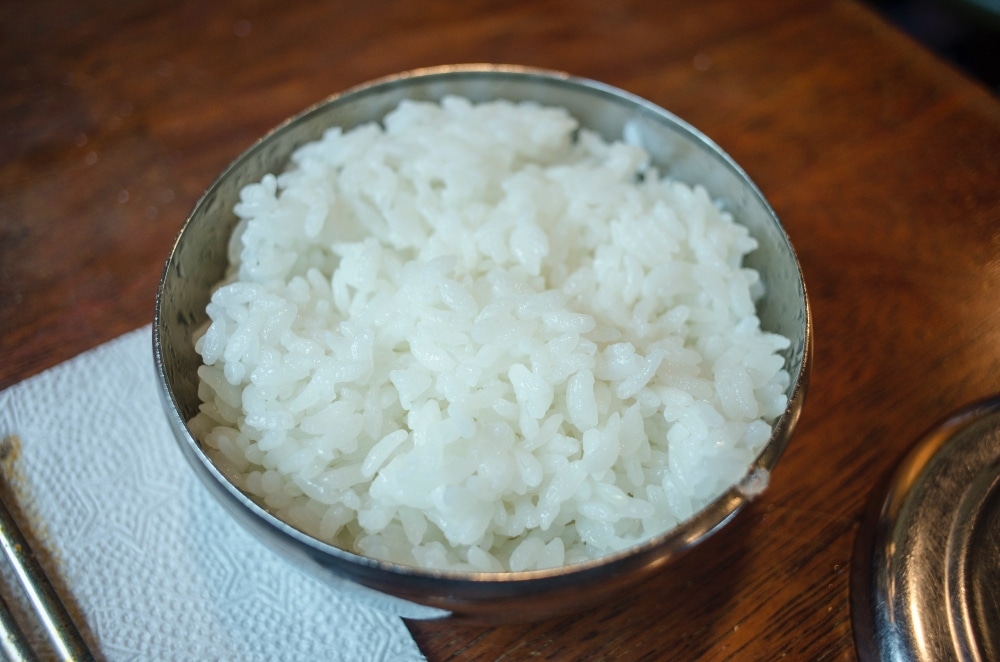 Pexels
Pexels
1 White rice
White rice refers to rice with its hull, bran, and germ removed. Because of this, white rice isn’t as nutritious as some other varieties on the market (the germ is the core of the rice, which is the nutrient-rich part). But that said, it’s still a good source of energy, and you can buy white rice that has added vitamins and iron added, which makes it more nutritious. It’s quick and easy to cook with.
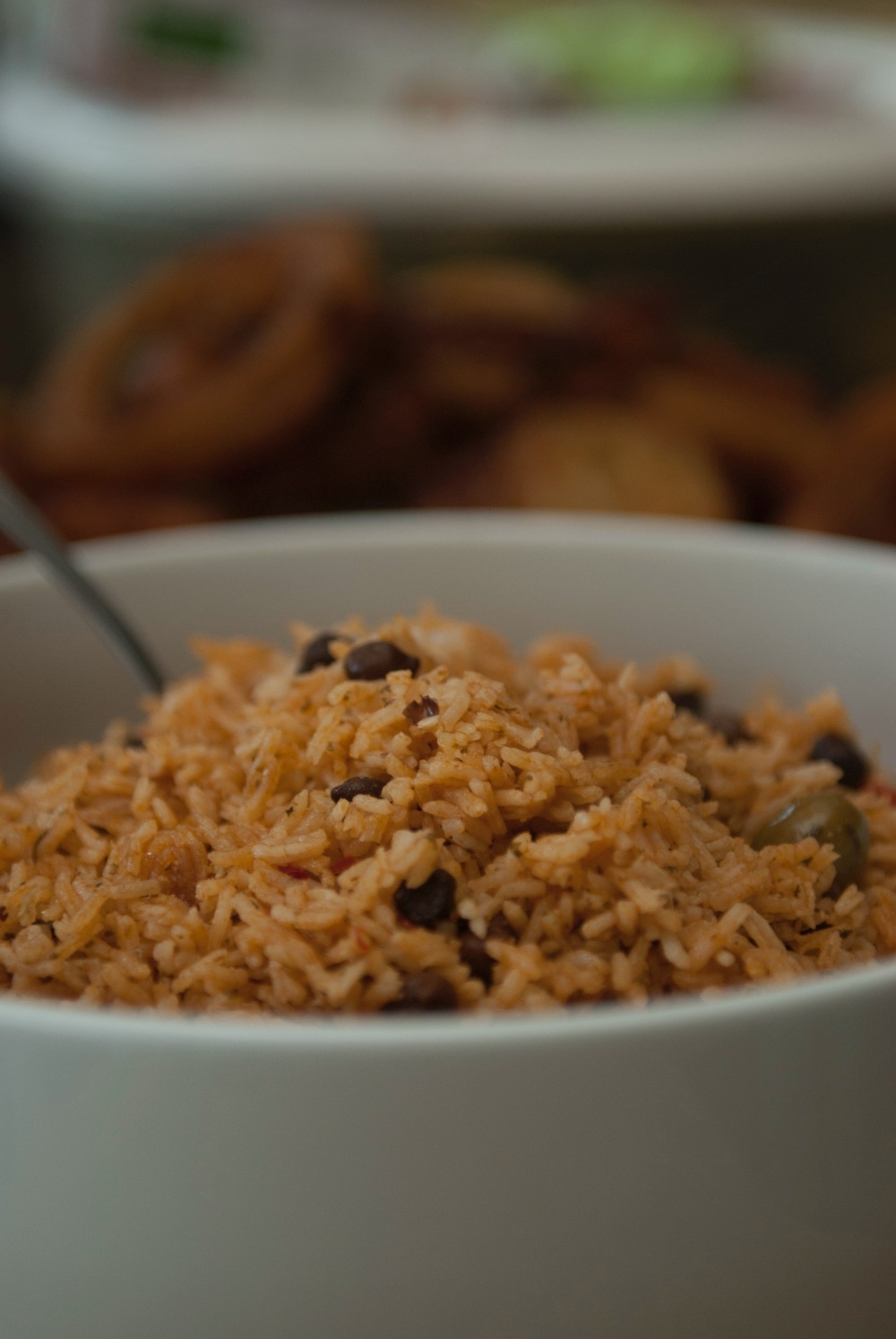 Pexels
Pexels
2 Brown rice
Unlike white rice, brown rice has not had its bran or nutrient-packed germ removed, which means it is a whole grain. It’s a source of fiber and protein, and contains a number of nutrients like thiamin, niacin, iron, magnesium, zinc, manganese, and selenium. Plus, it’s a good source of antioxidants. The only catch is, it takes a little longer to cook than white rice. The texture is also a little chewier, and the flavor is more earthy.
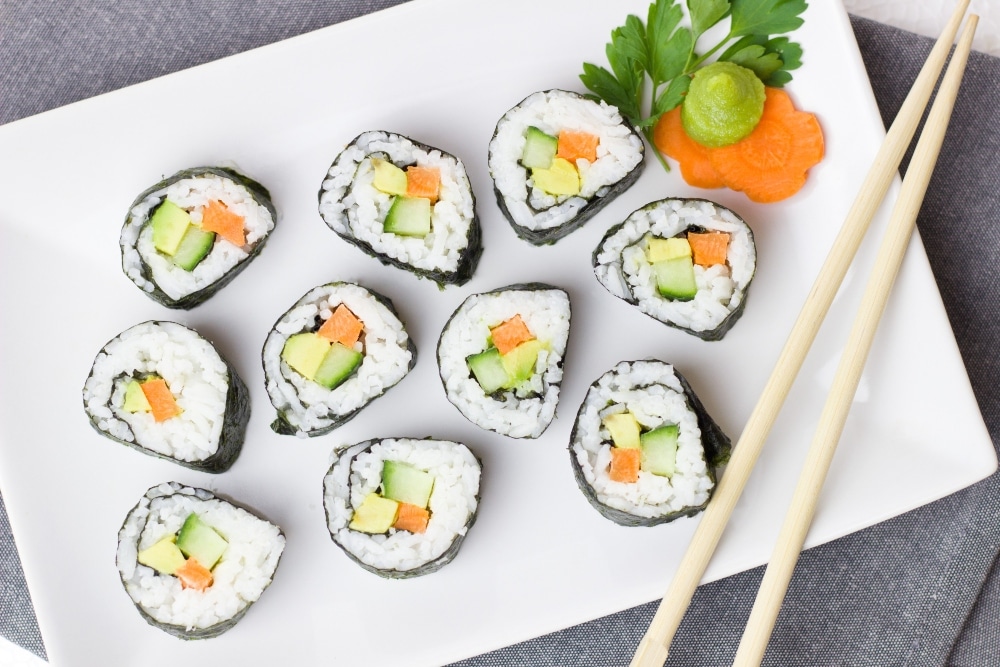 Pexels
Pexels
3 Sushi rice
If you’re going to make sushi, you will, of course, need sushi rice. But to do that, first, you need Japanese rice, which is short-grain rice grown in Japan. It’s stickier than other types of rice, and slightly sweeter too. To make sushi rice, Japanese rice is cooked and combined with ingredients like rice vinegar. After that, it is left to cool before it is used in sushi recipes.
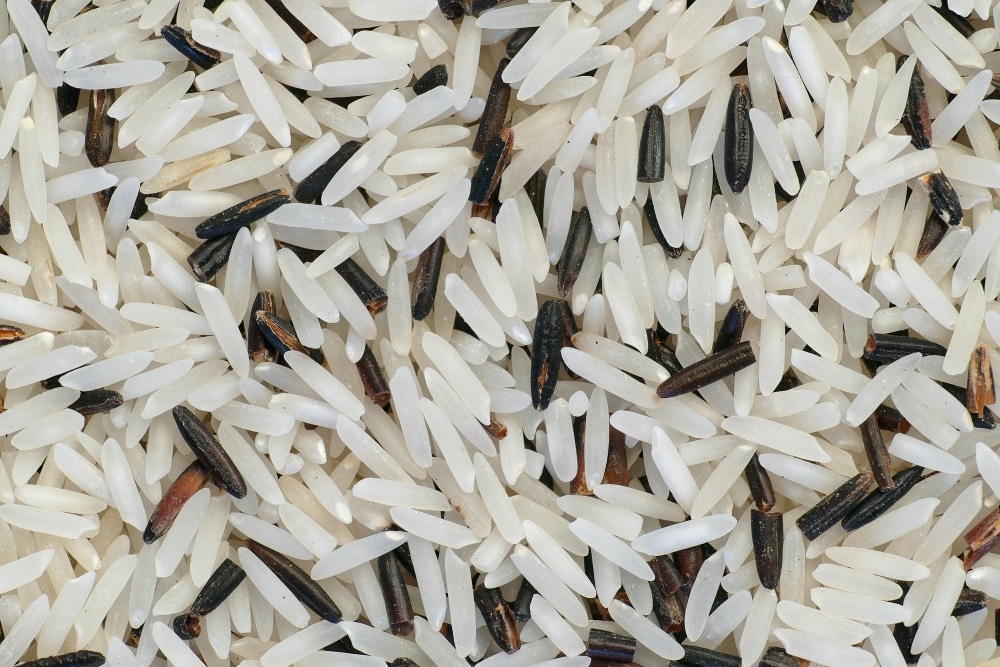 Pixabay
Pixabay
4 Wild rice
Really, wild rice shouldn’t be on this list. And that’s because wild rice isn’t actually rice at all. But because it behaves like rice, looks like rice, and tastes similar to rice, we’ll include it here. Wild rice is the seed of aquatic grass, which often grows in freshwater marshes, streams, and the lakes of North America (hence why it’s called wild). It’s a source of protein, carbohydrates, fiber, and nutrients like folate, magnesium, zinc, and manganese. In terms of flavor, it’s similar to brown rice but much stronger. The texture is also a little chewier.
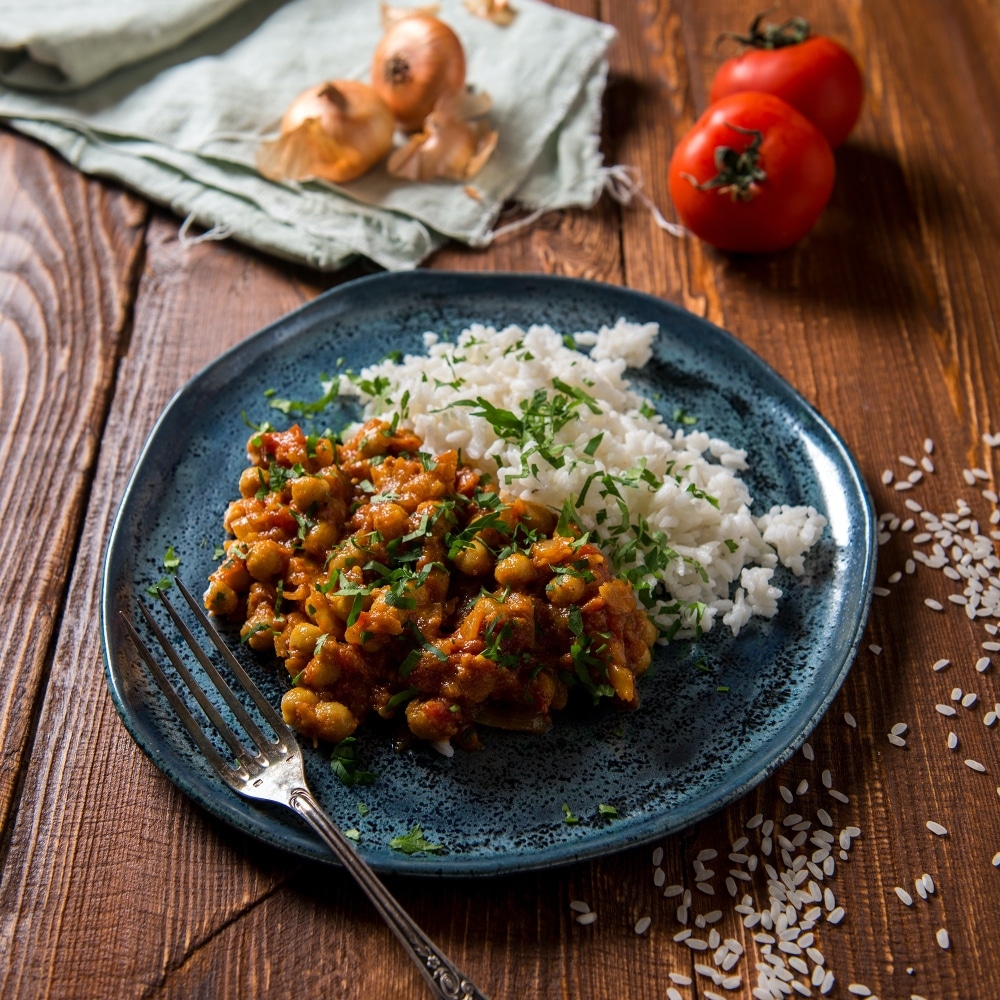 Unsplash
Unsplash
5 Basmati rice
If you head to an Indian restaurant, you’ll likely find basmati rice on the menu. Commonly served with curry and other Indian dishes (because it originated in the Himalayas), it can be white or brown. It’s long-grained, aromatic, and, when cooked, light and fluffy. Like all types of rice, it’s a good source of carbohydrates, but it also contains nutrients like selenium, folate, thiamine, and iron.
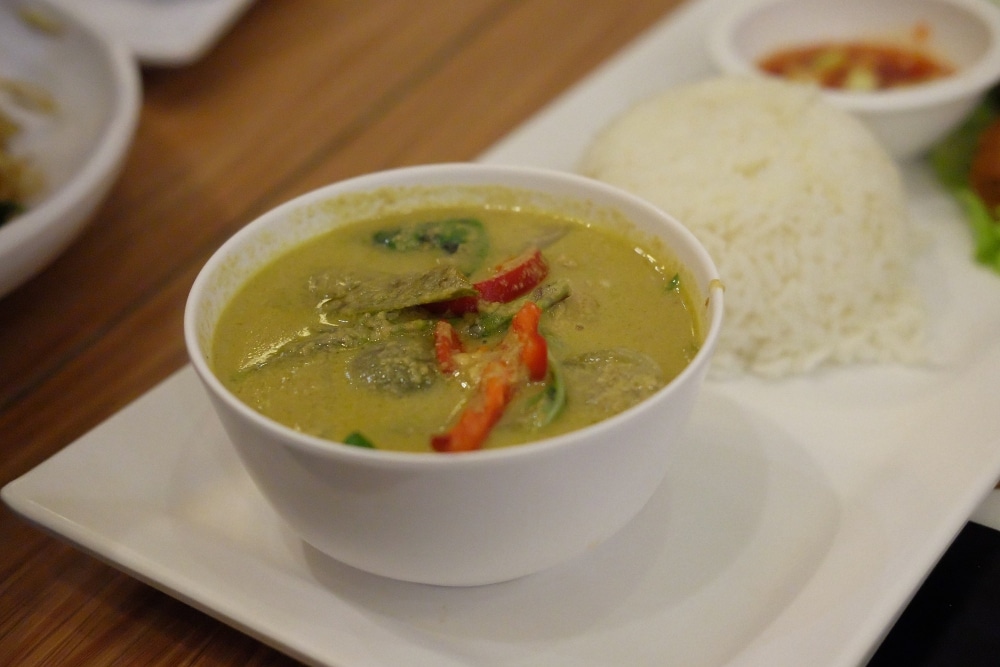 Pixabay
Pixabay
6 Jasmine rice
Jasmine rice is often white, but can also be found in brown, red, black, purple, and red varieties too. It’s incredibly popular in Southeast Asia, where most of it is produced. This rice is long-grained, slightly sticky after cooking, and fragrant and nutty in taste. (Some say it tastes very similar to popcorn!) It’s usually served with Thai curries, like panang and massaman.
Recipes to make with rice
By now, you’re probably feeling a little peckish. And the good news is, if you’ve got a hankering for some delicious rice-based dishes, we’ve got the inspiration for you. Here are a few of our favorite ways to enjoy the classic grain.
1 Garden Fried Rice
If you’re faced with a fridge of ingredients you need to cook ASAP, and you’re unsure what to make, this is a delicious way to use some veggies. You’ll need to cook the brown rice in advance to get the right texture, and after that, just heat it all up together in a large skillet. Easy and delicious!
GET THE RECIPE
2 Pomegranate-Pineapple Breakfast Rice Pudding
Cooked too much rice? Don’t throw it away. Pop it in the fridge and save it for a nutritious tasty rice pudding breakfast. This recipe calls for fragrant Jasmine rice, which is paired with coconut milk, fruit, and agave syrup.
GET THE RECIPE
3 Pink Rice Sushi Roll With Creamy Ginger-Tamari Sauce
Gather your friends, it’s time for sushi night. You’ll, of course, need sushi rice, which you can make yourself or grab from the store. And the bright pink color comes from beets!
GET THE RECIPE
4 Spinach, Chickpea, and Lemon Pilaf
When you’re out of lunch ideas, shake things up by cooking up a pot of tasty, spicy pilaf. Pair with spices, onions, chickpeas, and spinach for a nutritious, delicious, quick, and easy meal.
GET THE RECIPE
5 Wild Rice and Mushroom Soup
The earthy flavors of wild rice and mushrooms complement each other perfectly. For a hearty, warming, and creamy bowl of soup, combine them with sweet carrots, celery, leek, herbs, and garlic.
GET THE RECIPE

